|
By reading this article you will learn why it is so important to provide career guidance services for (head)teachers and students in schools to raise their career knowledge and develop their career skills and some ideas of how to do it.
Career guidance refers to a range of activities that enable citizens of any age, and at any point in their lives, to: identify their capacities, competences and interests; make meaningful educational, training and occupational decisions; and manage their individual life paths in learning, work and other settings in which these capacities and competences are learned and/or used. Lifelong guidance is provided in a range of settings: education, training, employment, community, and private. « (ELGPN 2012, 13) Some facts about career in 21st century: A simple chemical trick to revive and recycle dried markers.
Tags: #chemistry #useful chemistry #recycling #miniexperimentforkids #homelab #littlecuriousminds From the very beginning, when children start drawing and colouring, they adore markers. We bought crayons and colouring pencils at home for our nieces, but they soon explained: "We have markers in the kindergarten." And this was not a statement, but a hidden message. ;) Why such fascination with markers is still a mystery to me today. Today we are going to share with you, how you can teach science to young students in a fun and interactive way. In this blog you will learn to make chemical snowflakes in your classroom. Children will be excited! With these snowflakes you can decorate your classroom, Christmas tree, Christmas cards, etc. However, you are not limited to only snowflakes. It’s possible to make other structures as well. Just let imagination run wild. No, this is not a real snowflake on the photo. It is a super beautiful snowflake made of borax. You can do them in various colours. When light hits these snowflakes they shine like thousands little diamonds. Real beauties! Because these are special snowflakes, they will not melt in hands! Keep in mind that this experiment takes 2 days, because snowflakes need 24 hours to form. It is best, if you craft snowflakes on the first day (you can allocate only 1 hour or more, depending on your choice) and then leave them overnight in suspension to form. The next day you only take them out, leave snowflakes to dry and hang them on the Christmas tree. So, how do you make these snowflakes? Almost everything you need you can find at home/school or buy at the nearest grocery store: Materials for each student:
Materials for whole groups to share:
Safety first Before the start teacher has to explain safety instruction. Pupils will be working with borax themselves, so they have to know what it is and how to avoid injuries when using it. After working with borax pupils must wash their hands with soap. Borax (sodium tetraborate decahydrate) is a natural mineral salt, usually used as a natural bleaching agent or natural cleaner. Like every cleaner it has to be kept out of reach of children, and it can only be used under adult supervision. Borax, the same as washing powder, cannot be consumed and it can irritate the skin, so we have to wash our hands carefully with soap after we finish working with it. And now – let’s begin our STEAM experiment! Pupils take scissors, pipe cleaners… and action! They can let imagination run wild to do the decorations. They can do snowflakes, sticks, stars, curved sticks,… You can also help your pupils with different shapes of snowflakes for ideas. The only limit is the size of the glass. Decoration should be small enough to be hang in the glass. Meanwhile, teacher can prepare hot water. The water needs to be very hot. If the water from the tap is not hot enough use water kettle. After all the snowflakes are made each pupil adds borax detergent in the glass (5 table spoons) and teacher adds hot water. If you want coloured snowflakes, this is the time to add food colouring in the glasses. Pupils then attach the snowflakes to the string and string to the wooden skewer or pencil so the snowflake is hanging in the middle of the glass submerged in suspension. The snowflake must hang freely, not touching glass at sides or in the bottom, and must be left undisturbed overnight. The science behind the experiment
This experiment gives you a great starting point for the discussion about why did the snowflakes formed. The main goal of this experiment/lesson is to learn about suspensions. Pupils usually know the terms liquid and solution but it is difficult for pupils to comprehend the term suspension. By making crystal snowflakes they will quickly understand. And what is it that happened? We have added a lot of borax in the water and therefore, it could not dissolve completely, forming suspension. If we would look carefully, we could see the solid particles of borax on the bottom of the glass. These solid particles started to attach to pipe cleaners and create our beautiful snowflakes with a lot of crystals, formed overnight, when the suspension was slowly cooling down. You can also make these adorable snowflakes with younger children. When they can use the scissors and create pieces of art with pipe cleaners, they are ready to do snowflakes. Teacher can prepare the borax suspension in the glasses, so children just create the decorations. Teaching science does not have to be always serious. Through fun experiments like this one you can teach pupils without them even realising they are learning. At the course “Science for primary school children: When complicated becomes fun and easily understandable” you can learn more about how to prepare lessons like this. Have a lot of fun creating chemistry crystal snowflakes! author: Teja Bajt, M.Res., is a biologist with a master of research degree in molecular and cellular biology, awarded from University of Birmingham, United Kingdom. She works for Primera group as trainer of the Science for Primary School Children course. Firstly, just close your eyes and imagine: Once upon a time, fire led our ancestors into the circle. It made sense to put the fire in the centre and to gather around it. There it was the warmth of the fire, deep connection among the people and honest wish to speak and listen to one another carefully. These ancestors needed the circle for survival, to learn from each other, to solve the conflict, to plan and so much more. How could we use this ancient form in nowadays schools? We have always known that the circle is a natural way to gather for conversations. The Circle is an ancient form of meeting that has gathered humans in respectful conversations for thousands of years. In nowadays school circle can present democratic space where students (also teachers, parents, headmaster and others) can look each other in the eye, lean in and listen, and include all voices with a sense of equality. The practice of circle often leads to more creative options, wiser decisions, clearer action. There really is such a huge potential in using circle:
What is Circle Good For? One of the beautiful things about circle is its adaptability to a variety of groups, issues, and time frames. In the circle students can learn about every single topic, they can solve the problems, talk about the relevant issues, make a reflection, evaluate and so much more. Circle can be used as a methodology of “checking in” and “checking out” or a way of making decisions together. Circle offers practice in the following Social Capital skills including:
Be creative with circle and be ready for the deep wisdom it can unearth! And remember this…circle is the grandmother of all the methods – to practice it, feels like coming back to our roots again. Our December session of Learner voice: engage students in participative and collaborative learning is officially 100% confirmed and we still have places available. Register now and get to experience December magic in Ljubljana. Some other methods that will also be presented at the course are World Cafe, Open Space, and Appreciative Inquiry. Here are some of the testimonies from or participants that have already attended the course. Published on the SchoolEducationGateway page: Author: Petra Založnik, BSc in Teacher Education and Sociology of Culture, is educator, evaluator and designer of innovative approaches to learning and teaching in the field of education, also our trainer in the course Learner voice: engage students in participative and collaborative learning
Do you know what is the oldest form of education? The answer to this is STORYTELLING. People around the world have always told stories as a way of passing down of their cultural beliefs, traditions and history to future generation. Why? It’s because stories are at the core of all that makes us human. They are an ancient tool with enduring power. What is the secret of storytelling and the stories? Stories are the way we easily store information in the brain. In other words stories make our brains more active and create connection in more memorable way than facts. If teachers fill their students brain with facts and data without any connection, the brain becomes like a catchall closet into which items are tosses and hopelessly lost. Information simply leaves us feeling incompetent and lost. We don’t need more information, what we need is to know what the information means. Simply put we need a story that explains what it means and makes us feel like we fit in there somewhere. Stories also go straight to the heart. As the Irish poet and philosopher J. Stephens wrote: “The head does not know anything until the heart has listened. The heart knows today what the head will know tomorrow”. Because class members and teachers are emotionally involved with a usually enjoy storytelling, it can help students to develop a positive attitude toward the learning process. There is really a huge potential and power of the storytelling for students also in nowadays world:
Storytelling enable us, educators, to build the community and connect students with each other. This is why stories are also great tool for building trust and enable us to give the voice of our students. With using of storytelling we can encourage curiosity, imagination and visualisation. Remember this: there is no greater power on this word than a story! Would you like to experience and learn more about how to use the power of storytelling in your everyday school practice? You still have one-week time to join us on the training Learner voice: engage students in participative and collaborative learning.Some of the methods that will also be presented at the course are World Cafe, Open Space, Circle and Appreciative Inquiry. Here are some of the testimonies from or participants that have already attended the course. Published on the SchoolEducationGateway page: Author: Petra Založnik, BSc in Teacher Education and Sociology of Culture, is educator, evaluator and designer of innovative approaches to learning and teaching in the field of education, also our trainer in the course Learner voice: engage students in participative and collaborative learning
Would you believe me if I told you that there is a method that opens up tremendous possibilities for learning and cooperation in totally innovative and creative way you have never ever experienced before? Here comes more: whoever participates in the method (students, teachers, parents, etc.) have the possibility to practice:
The method is called open space technology. The goal of Open Space is to create time and space for participants to engage, ask questions and/or share knowledge around issues of concern to them. Using Open Space in classes can result in a transformative experience for the individuals and groups involved. It is a simple and powerful way to catalyse effective working conversations and truly invite participants to thrive and act in the role of leader, knowledge sharer, and questioner. Open Space is useful in almost any context, including:
Open Space Technology can be used with the students, or with combinations of students, parents, staff/faculty and is used for faculty gatherings for the purpose of their own look at their issues and opportunities. Last but not least. Open space technology brings to your school new level of engagement, awake the passion and increase motivation for real and in depth learning. Would you like to experience the method and learn more about how to use it in your everyday school practice?Join our course Learner voice: engage students in participative and collaborative learning, where you will have the opportunity to learn and practice methods along with colleagues from all over EU. Some of the methods that will also be presented at the course are World Cafe, Circle and Appreciative Inquiry. First opportunity is already in December 2019. Don’t miss it and apply now! Here are some of the testimonies from or participants that have already attended the course. Published on the SchoolEducationGateway page: Author: Petra Založnik, BSc in Teacher Education and Sociology of Culture, is educator, evaluator and designer of innovative approaches to learning and teaching in the field of education, also our trainer in the course Learner voice: engage students in participative and collaborative learning
Are you looking for a way to encourage interaction and collaboration in your classroom? In this article you will learn about a method called World Café. The World Café is a method for creating a collaborative learning conversation around questions that matter to you and your students. World Café is a great way of sharing knowledge, generating ideas, and constructing dialogues with both large and small groups (either students or adults). Consider all the learning that occurs as students move from table to table in your classroom, carrying insights and ideas from one conversation to another about the certain topic, project idea, reflection of the hour, managing conflict, etc. The invisible connections among these conversations and the actions that emerge from them can help you to build more engaged and passionate learners. With participation in the world Café, students practice also wide range of social capital skills such as:
The Café format is very flexible and adapts to many different purposes, information sharing, relationship building, deep reflection, skill building, project planning. The basic model of the method consists of:
The basics of the method are really easy to grasp and learn. However the details, like what are powerful questions to start the process, how to make the harvest and so on that can really make a difference. Would you like to experience the method and learn more about how to use it in your everyday school practice?Join our course Learner voice: engage students in participative and collaborative learning, where you will have the opportunity to learn and practice methods along with colleagues from all over EU. Some of the methods also presented will be Circle, Open Space and Appreciative Inquiry. Check for next opportunity. Don’t miss it and apply now! Here are some of the testimonies from or participants that have already attended the course. Published on the SchoolEducationGateway page: Author: Petra Založnik, BSc in Teacher Education and Sociology of Culture, is educator, evaluator and designer of innovative approaches to learning and teaching in the field of education, also our trainer in the course Learner voice: engage students in participative and collaborative learning
Source: http://www.theworldcafe.com/key-concepts-resources/world-cafe-method/ Do you feel your students are not engaged enough? Do you wish you could lead deeper and broader learning sessions?By reading this article you will learn basic principles on how co-creating the process by students can help you get more involvement and satisfaction during your school year. Participatory learning methods (know as Art of Hosting) are practices that allow people to learn together. They offer us a new way of leadership and teaching. We all know this Confucius quote by hearth: “Tell me and I will forget, show me and I may remember, involve me and I will understand.” But HOW can we do it? Basic principles of the participatory methods are:
Are you interested in learning more? Since we strongly believe in learning by doing, we welcome you to join our course Learner voice, where you will have the opportunity to learn and practice methods along with colleagues from all over EU. Some of the methods presented will be Circle, Open Space, World Cafe and Appreciative Inquiry. First opportunity is already in December 2019. Don’t miss it and apply now! Here are some of the testimonies from or participants that have already attended the course. Published on the SchoolEducationGateway page: Author: Petra Založnik, BSc in Teacher Education and Sociology of Culture, is educator, evaluator and designer of innovative approaches to learning and teaching in the field of education, also our trainer in the course Learner voice: engage students in participative and collaborative learning
Teachhub posted an article about professional development skills of a modern teacher in 21st century. Professional development can be increased by improving any of the required skills of an individual. Read on to find out which course is appropriate for the improvement of a specific skill.
#1 Adaptability Adapting lesson to each student can be very demanding. Especially when number of students with special needs is increasing. Teachers need to adapt to this trend by creating inclusive school environment, understanding students with special needs and planning inclusive lessons. Did you know autistic students often find tasks requiring a lot of planning and organisation too difficult to manage? It is recommended to allow them to take photos of complicated instructions using their mobile phone or tablet. Course: Yes, I can: Special needs students and inclusive education #2 Confidence Sometimes it’s hard to be confident and believe in yourself. Having confidence in your students or colleagues can be even more demanding. It’s easier once you know your character strengths and strong points of others to focus on them. By taking free survey (http://www.viacharacter.org/www/Character-Strengths-Survey) you will find out which are your character strengths and how to use them. Course: Teaching character: Positive psychology for every teacher #3 Communication Communication skills are important when working with students, parents and colleagues, since they can as well improve your conflict resolution skills. Substantial understanding of psychological dynamics can benefit your communication and relationship with others. Once you realise people are often communicating from different ego states instead of reacting to the present moment, it’s easier to avoid conflicts. Course: Developing effective communication skills #4 Team player Teachers encounter team work daily. This can be very beneficial, since team members help each other find solution in difficult situations. To make this process efficient, it’s advisable to use coaching skills and tools. When colleagues are facing problems, people tend to advise them instead of posing questions. On the other hand, researches show advises are less beneficial when solving problems than questions. By posing questions we encourage colleagues to think and find a solution that’s the best for them, instead of imposing ours. Course: Peer coaching as a sustainable source of professional development #5 Continuous learner As a teacher you know learning is a lifelong process. All our courses are about encourage learning new techniques, skills, sharing ideas and examples of good practice. Courses by topic. #6 Imaginative Thinking of new ideas for your lessons can be easier when using tools that enhance creativity. You can boost your student’s imagination by using DeBono’s thinking tools, such as PMI (plus, minus, interesting). After you gather different ideas, evaluate them individually by considering their pluses, minuses and interesting points. After that it will be easier for you to decide which idea is the best one. Course: Teaching Creativity in Schools, inspired by De Bono Source: Cox, J. (2019). 15 Professional Development Skills for Modern Teachers. Teachhub. Retrieved from https://www.teachhub.com/15-professional-development-skills… With love, Primera Group Plastic objects that we use once and discard, or single-use plastics, are a growing critical problem of global proportion. That’s why this Earth Day, April 22, 2018, is focused on Ending Plastic Pollution by Earth Day 2020, the 50th anniversary of Earth Day. The resources below are designed to help you inform, inspire and organize your students to take action to on Earth Day 2018 and beyond. This year’s Climate Education Week Toolkit is a web-based, cross-disciplinary resource that includes a range of lesson plans and educational activities focused on the issue of Plastic Pollution. Climate Education Week begins Monday, April 16th and provides a week’s worth of activities leading up to Earth Day on Sunday, April 22nd.
|
primeraWe empower teachers so they can do their job best. Categories
All
LINKSPrimera's practical handbook for writing high quality Erasmus+ mobility projects.
Pan-European Conference on Digital Education Facebook Community. Primera's FB page. Work with us on Erasmus+ KA2 projects: STEP Institute. |
||||||
Erasmus+ by Primera for teachersErasmus+ courses by Primera are dedicated to teachers who value evidence-based and practice-driven training in highly interactive international atmosphere.
OID Ljubljana: E10091479 OID Vienna: E10298896 E: [email protected] T: +386 1 320 28 43 Privacy Policy |
Navigation |
Stay tuned! |
© 2020 Skupina Primera Ltd. All rights reserved.


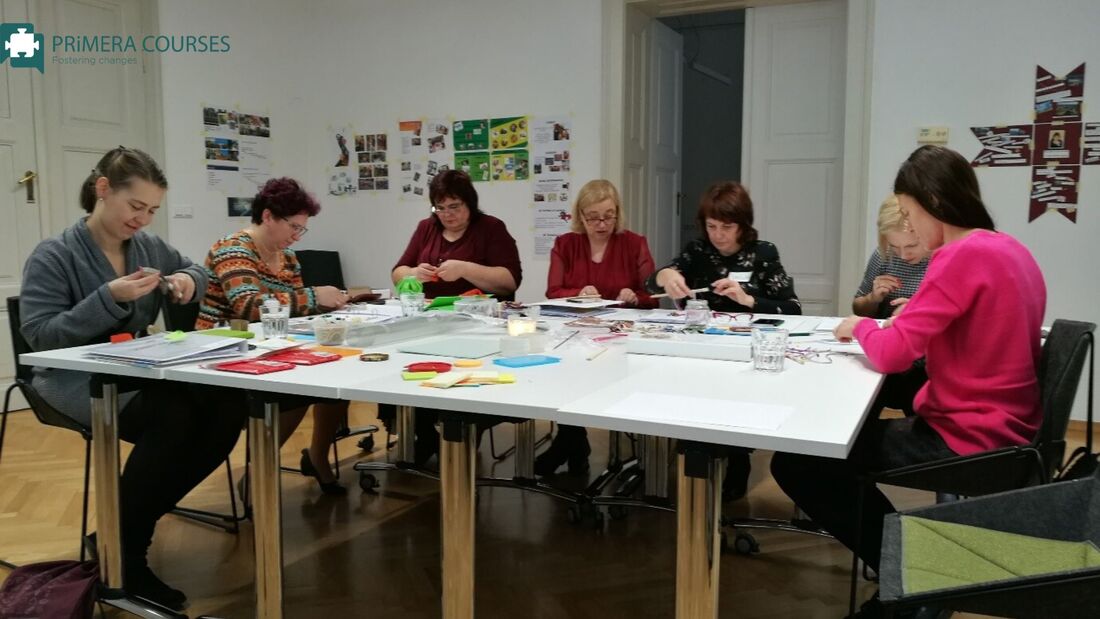
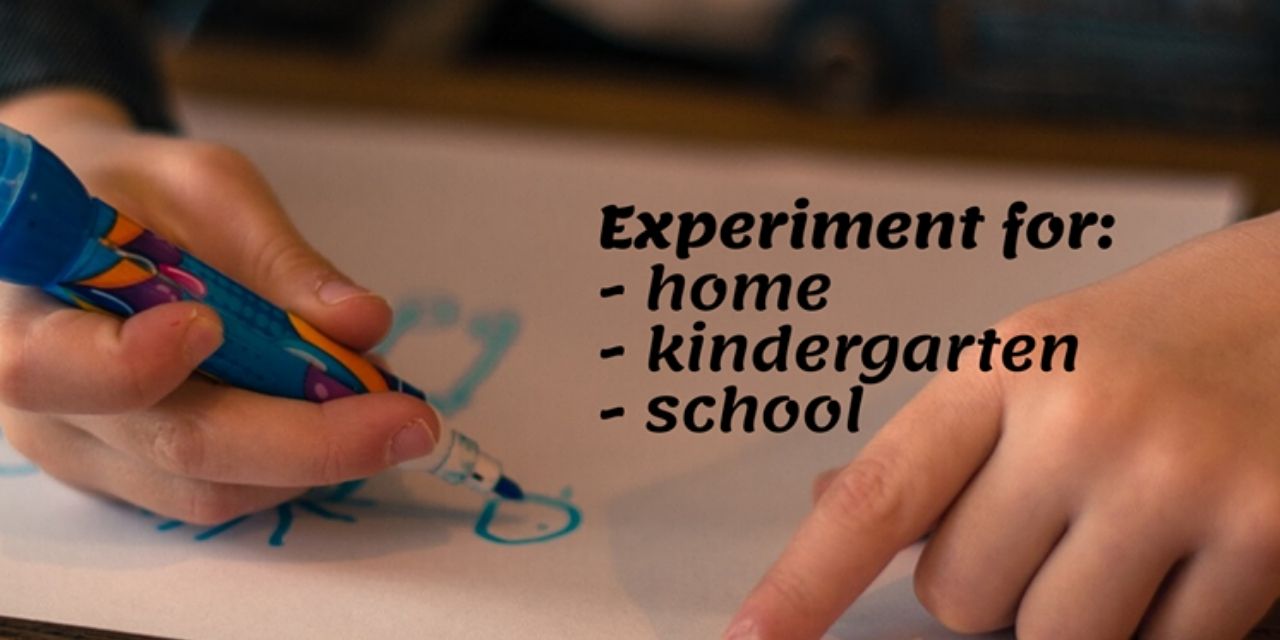
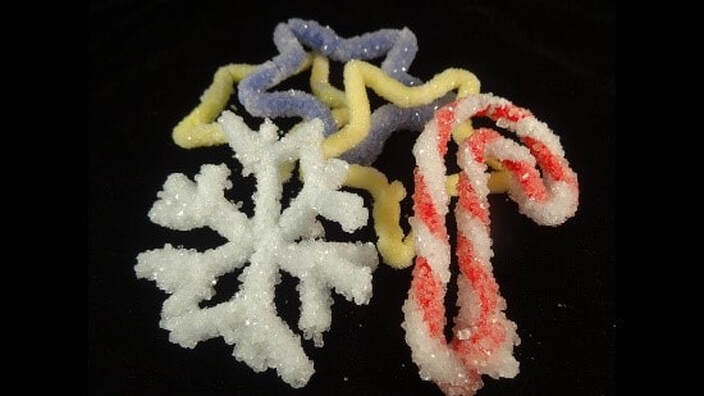
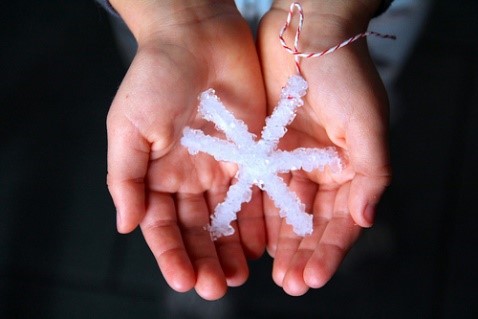


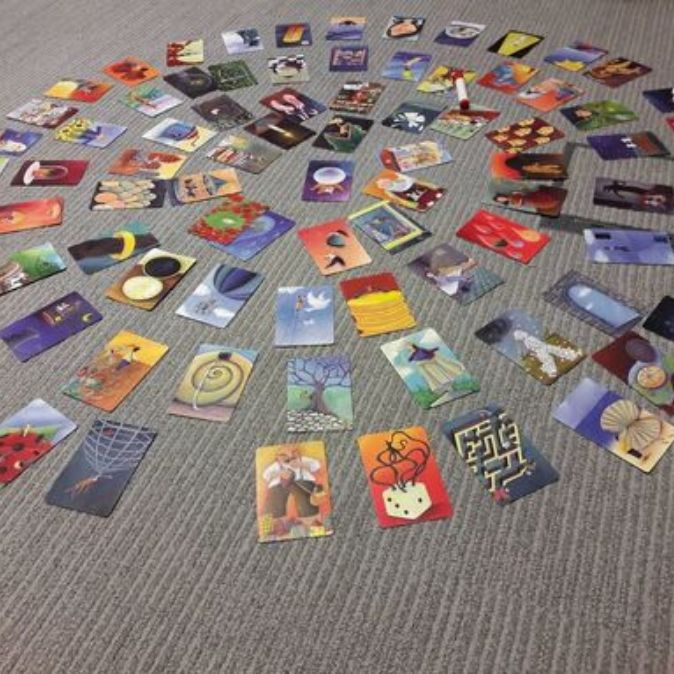
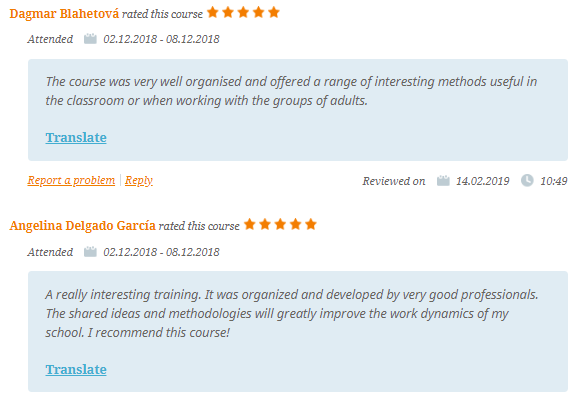
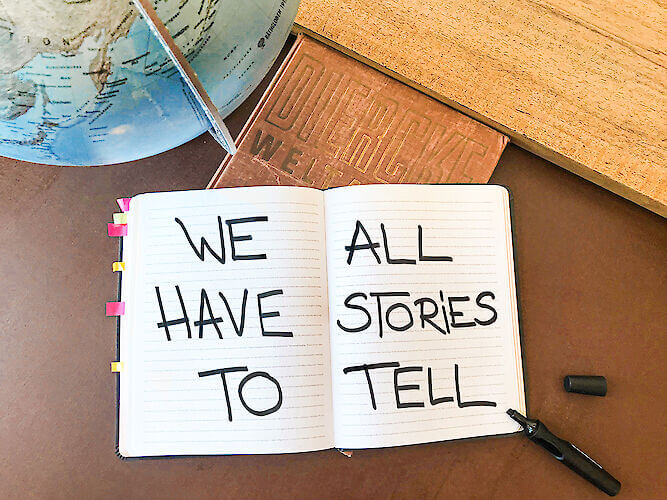
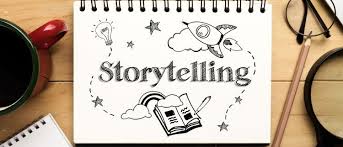
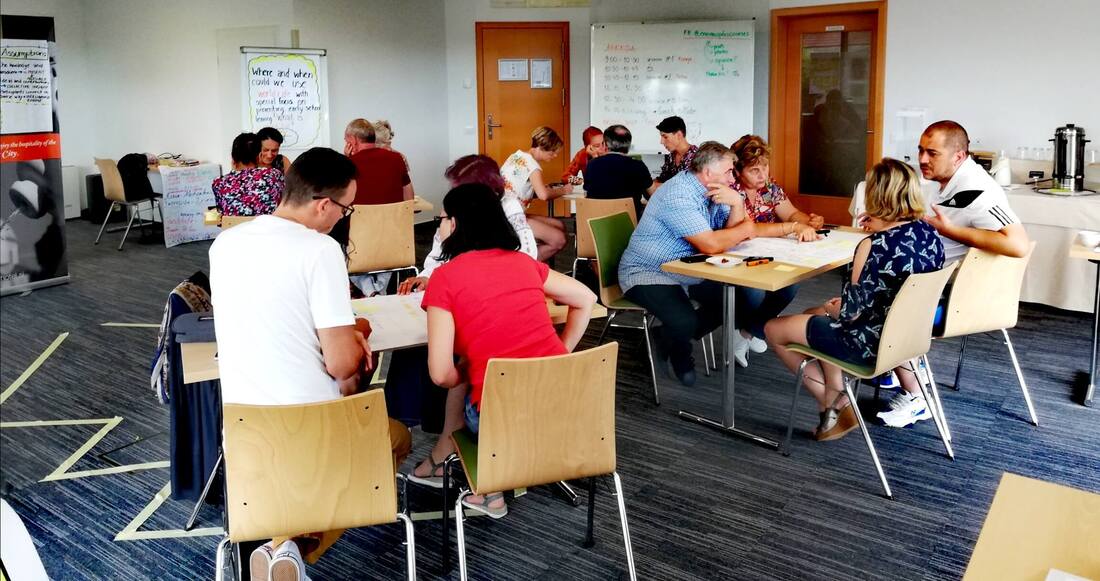
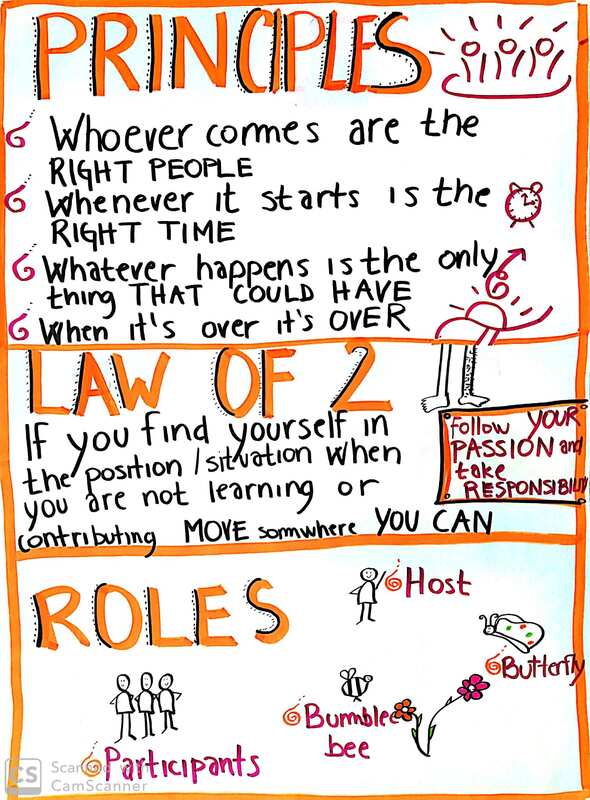
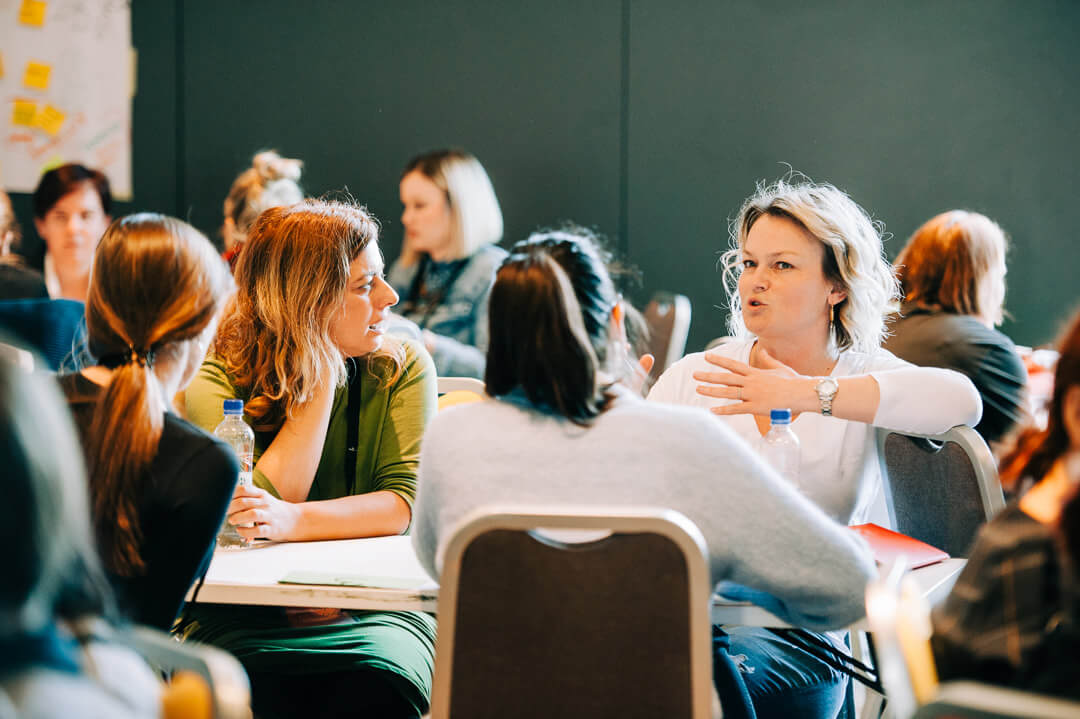
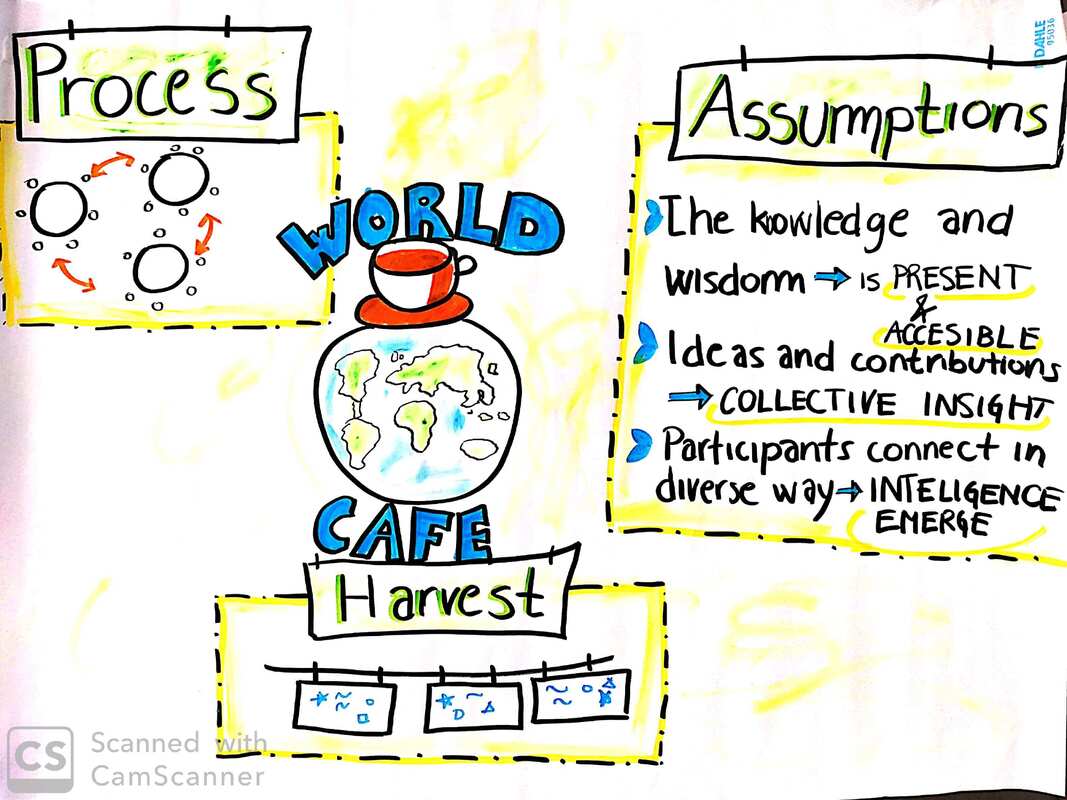
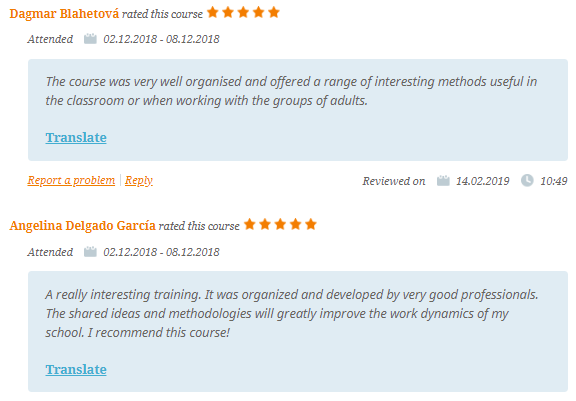
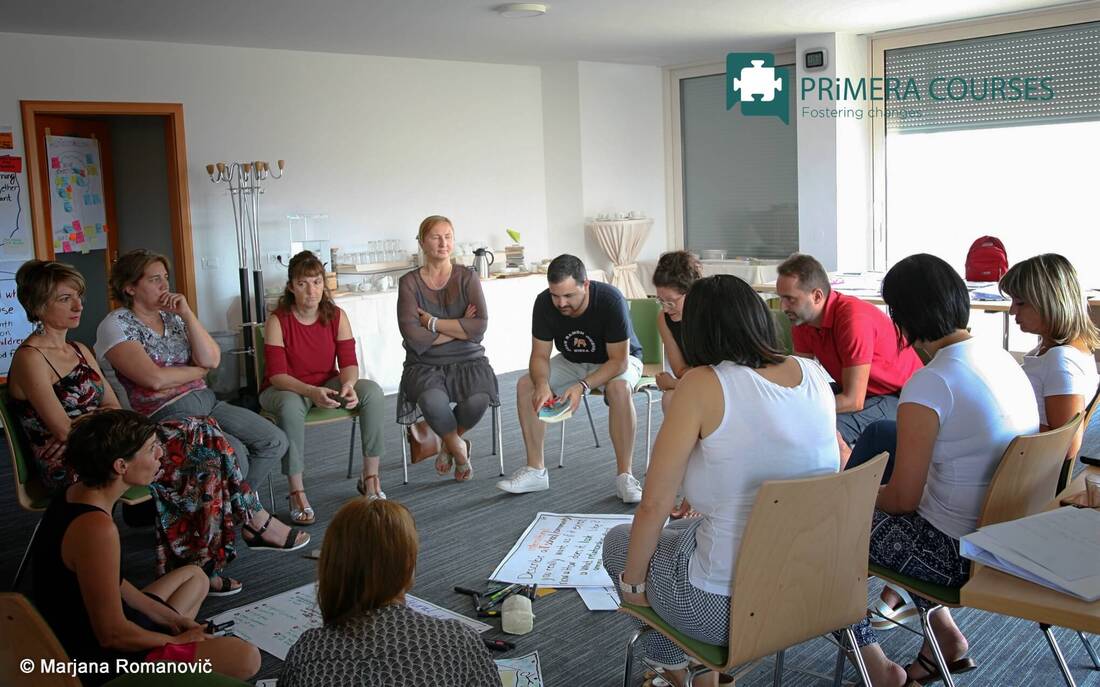
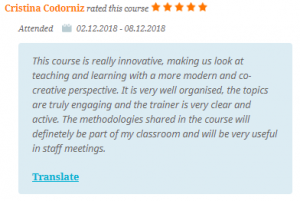
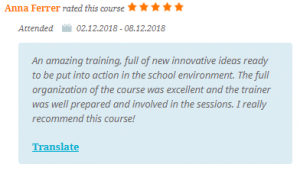

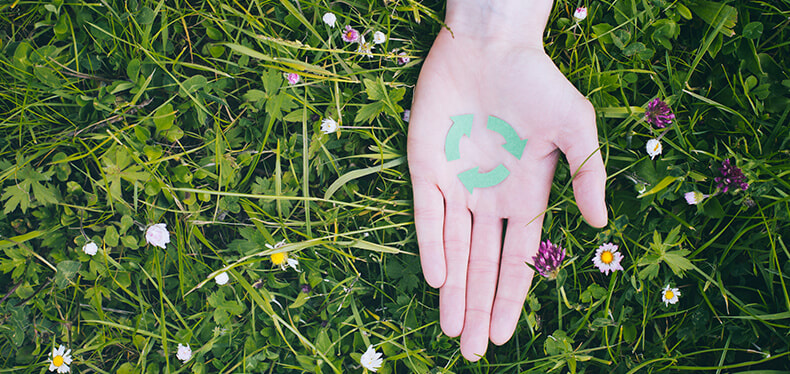
 RSS Feed
RSS Feed